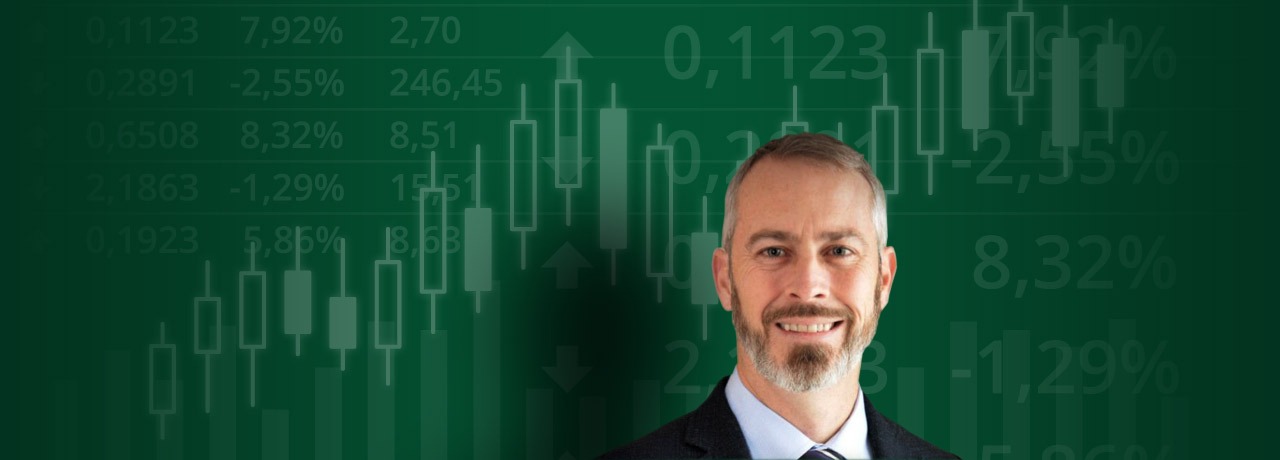The equity markets have just been rip roaring strong. Companies like FedEx, Google, Morgan Stanley, Walt Disney and Boeing have all gained more than 40% this year. The equity markets have made new all time highs, eclipsing the pre-crash highs from 2007 with hardly a shudder and soldiering on past the tech bubble highs of 2000. Recently, the technical analysts at Merrill Lynch came up with a four-year target of 2300 in the S&P 500. This is based on their analysis of the long-term pattern that was triggered by the new highs. The S&P 500 has climbed more than 150% since March of 2009. While I’m the first to admit that I’ve left a lot of money on the table by not sticking with the long side of equities, I’ve been doing this long enough to know that there’s always another trade. Therefore, I will not be committing new money to the long side of the equity market at these levels in 2014.
The way I see it, there are two opposing forces at work here. First, we have the Federal Reserve Board that keeps pumping money into our economy. The Fed continues its easy money policies indefinitely. There are seven voting members of the Federal Reserve Board of Governors. Six of them have been broadly categorized as dovish, in favor of easy money/stimulus. There are four more rotating members from the national Federal Reserve Banks. This is where things may get a bit interesting. Three of the rotating members gaining a vote in 2014 are centrist to hawkish. While the doves are still clearly in control, especially with Janet Yellen expected to assume the Presidency of the Board, the dialogue in the minutes of their meetings could change substantially.
The easy money policies have favored the equity markets in a couple of different ways. The artificially depressed interest rates have forced investors to accept more risk for returns that used to be outside the scope of retiree investing. The stretch for yield has driven a boom in riskier corporate bonds as investors move down the ladder in an attempt to maintain their portfolio’s value. This has caused a surge in lower credit bond prices reminiscent of the sub prime mortgage debacle of the mid 2000’s. Investors’ lack of satisfaction with the governmentally manipulated yield curve has led them to seek returns in the stock market specifically, through high yield investments like Real Estate Investment Trusts and utilities. What has gone unnoticed is the disappearance of nearly half of the companies listed on U.S. exchanges. Therefore, there’s more money than ever chasing a smaller number of stocks in the last 25 years.
Secondly, we have reached valuations that bode poorly for long term investing. Research abounds on the usefulness of long-term valuation models. Very simply, expecting these returns to continue through long-term investment at these valuations would set an historical precedence. Anything can happen in the world of markets but the odds clearly show that bull markets do not begin when the P/E ratio of the S&P 500 is above 15. The S&P 500’s P/E ratio currently stands above 19 and Nobel Prize winning Yale economist Robert Schiller’s cyclically adjusted price earnings (CAPE) ratio is over 25. Both of these will continue higher as long as the equity markets continue to climb. Neither is sounding the, “Everyone to cash,” alarm bell. Their history simply suggests that it would be foolish to expect these multiples to continue to climb and climbing P/E ratios are necessary for stock market growth.
Closing in on 2014 has left many money managers whose performance is benchmarked against index averages scrambling to catch up. There are two ways a manager can do this. First, wait for a sell off and try to buy in at a discount. This is part of the reason that the weakness in July, August and October was so quickly recovered. Second, apply leverage so that the manager’s fund gains more than $1 for every $1 the market moves. Leverage seems to be the move of choice. This year has seen a huge inflow into equity mutual funds, which have to be benchmarked to their index. By comparison, each of the last two years saw net equity mutual fund outflows. The added influx of cash has led investment managers into the futures markets, specifically the S&P 500 futures. The most recent Commodity Futures Trading Commission’s Commitment of Traders report shows a 10% growth in leveraged longs as well as a 5% decline in leveraged shorts. Finally, margin debt on the stock exchange itself has also reached an all time high.
The case I’ve laid out says nothing about where we’re going. Liken this presentation to a new home survey. The place has curb appeal. The neighborhood is growing. The government is supporting its growth. Each new home sells for more than the last. What could be wrong with buying now? Well, the inspector may inform you that everything you believe to be true is resting on a shaky foundation. The house may stand for years or, not. Personally, I’d rather be in on the ground floor than looking for a window to jump out of having climbed in at the top.





